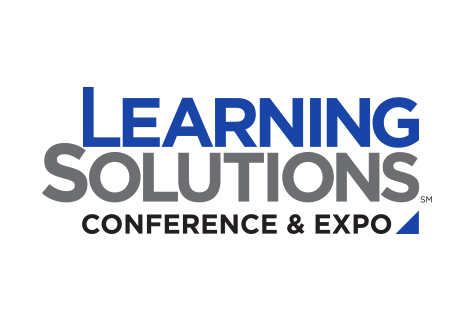Learning Solutions Concurrent Sessions
The Learning Solutions Conference & Expo offers over 100 concurrent sessions covering eLearning best practices, how-tos, case studies, and emerging trends. These sessions will help you develop new skills and knowledge, which will help you build more engaging and effective learning experiences.
Specialized Focuses
In addition to the great tracks at Learning Solutions Conference & Expo, there are a number of specialized sessions curated to help you put your skills into practice immediately.

The AlignED series of sessions focuses on what higher ed and corporate learning professionals can learn from one another. These sessions help bridge the gaps between academic and corporate education.

B.Y.O.L.® (Bring Your Own Laptop®) workshops ensure that you receive in-depth, hands-on training and enable you to follow along with the instructor step-by-step.
Filter By:
Sessions in Video Track
You live and work in a world of democratized video production. What once required hired professionals, specialized work, and thousands of dollars can now be accomplished by self-taught amateurs in hours with little to no resources beyond what’s already in their pockets. Video technology is ubiquitous. However, many professionals become so preoccupied with whether or not they can make a video that they often don’t stop to think if they should. Too often, this results in the development of ineffective content that doesn’t support user needs, wastes viewers’ time, and sets a poor precedent for the use of video within the organization.
Read MoreMany training videos are not compelling; too many are just shot against a beige cinderblock wall. Video must be visually compelling to hold the viewer’s attention, but most video producers don’t know what tools and techniques are available, or think that they are too expensive.
Read MoreMicrolearning video is the creation of video-based content under one minute in length that is primarily consumed on mobile devices. The rise of user-generated micro-content has required the use of rapid storyboarding and predefined video content structures. As the length of the video decreases, so does the optimal format of the video.
Read MoreLet’s face it. Learning proposals rarely elicit enthusiastic responses from clients, except when the solution includes video. Suddenly, the decision makers are paying attention. But those nods of approval start disappearing when the discussion turns to the cost, timelines, and sustainability of outsourcing video production. So you have two options: get out your wallet, or find a cheaper, faster, more flexible way to produce the videos you need.
Read MoreVideo has long since been a medium that evokes emotion and sells products through dynamic storytelling. In the past, however, it has been a passive medium. Fortunately, new knowledge and advancements make it possible to create more interactive video outputs.
Read MoreThere is plenty of research about the increasing use of video to engage learners and drive performance. The thirst for video content is effectively shown in some startling stats: YouTube is the second-most used search engine with over 1 billion-plus unique users every month; and online video is forecast to account for 60 percent of all web data by 2020. When video is the most popular, shareable form of media content, how can you explore the learning opportunities the technology affords?
Read MoreWhether it is educating the public about a hobby, product, or public service, informal learning is becoming an increasingly important channel. The options for distributing video-based informal learning content have grown. YouTube, Apple TV, Amazon Fire TV, Roku, and other devices all provide important pathways to reach consumers and learners. Despite the number of channels now available, not all channels are appropriate to reach all audiences.
Read More


























